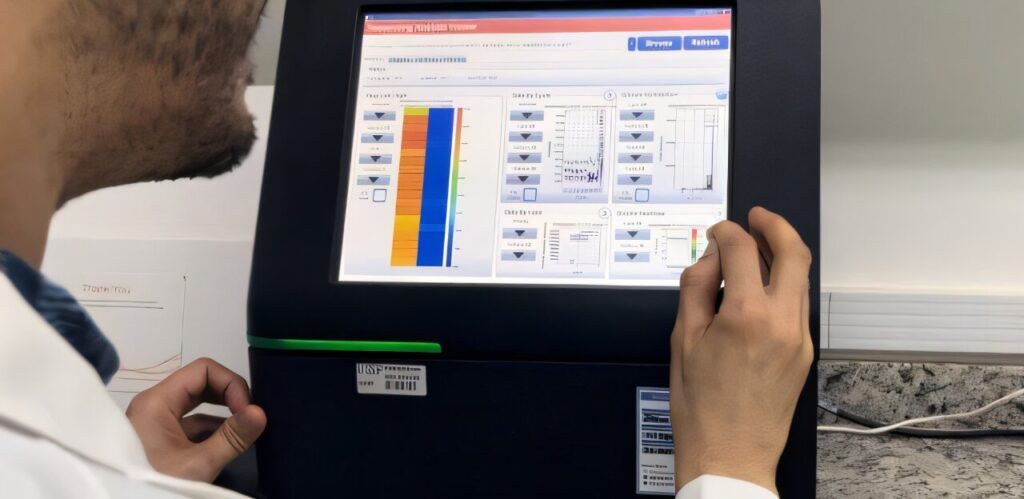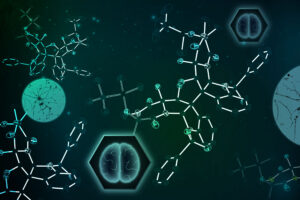
An innovative AI-based tool developed by Brazilian and Polish researchers is showing promise in predicting the aggressiveness of certain tumors, potentially paving the way for new cancer therapies. The research, published in the journal Cell Genomics, highlights the tool’s ability to identify specific proteins that indicate tumor aggressiveness.
As cancer cases continue to rise globally, the disease’s complexity poses significant challenges to advancements in diagnosis and treatment. In this context, artificial intelligence (AI) has emerged as a valuable asset for enhancing predictive capabilities and early detection of cancer cases.
Understanding the Machine Learning Model
The machine-learning model developed by the researchers predicts tumor aggressiveness by generating a “stemness index” ranging from zero to one. A higher index suggests a more aggressive cancer, which is often more resistant to drugs and prone to recurrence. The index reflects how closely tumor cells resemble pluripotent stem cells, which can transform into almost any cell type in the human body.
The tool was developed using data from the Clinical Proteomic Tumor Analysis Consortium (CPTAC) for 11 types of cancer, analyzing over 1,300 samples. These included breast, ovarian, lung, kidney, uterine, brain, head and neck, colon, and pancreatic cancers. By integrating this index with proteomic data from pluripotent stem cells, researchers identified proteins driving tumor aggressiveness, which could be targeted for new therapies.
Expert Insights and Historical Context
“Many of these proteins are already targets of drugs available on the market for cancer patients and other diseases. They can be tested in future studies based on this identification,” explained Professor Tathiane Malta from the University of São Paulo, Brazil. She co-authored the study with Professor Maciej Wiznerowicz from Poznan University of Medical Sciences, Poland.
Malta’s previous work in 2018 laid the groundwork for this research, where she developed a stemness index using gene expression data. The current study builds on that foundation, transitioning to proteomics, which focuses on the functional molecules that could have clinical applications.
According to the World Health Organization, 40 people are diagnosed with cancer every minute worldwide, underscoring the urgent need for improved treatments.
Implications for Cancer Treatment
The development of the PROTsi tool represents a significant step forward in cancer research. It not only advances clinical treatment development but also aids in personalizing cancer therapy. By identifying potential drug targets, the tool could lead to more effective treatments tailored to individual patients.
Renan Santos Simões, co-first author of the article, emphasized the importance of this research in understanding tumor progression and resistance mechanisms. “Science advances slowly, carefully, and is built by many hands. It’s gratifying to realize that we’re contributing to this process,” he stated.
Broader Impact and Future Directions
The National Cancer Institute in Brazil estimates 704,000 new cancer cases annually from 2023 to 2025, highlighting the urgent need for advancements in cancer treatment. The most common types include non-melanoma skin cancer, breast, prostate, colon, rectal, lung, and stomach cancers.
During validation, the PROTsi tool demonstrated consistent performance across various data sets, effectively distinguishing between tumor and non-tumor samples. It showed particular efficacy in predicting the aggressiveness of uterine and head and neck cancers, among others.
“We sought to build a model that can be applied to any cancer, but we found that it works better for some than for others,” Malta noted. The research team continues to test additional computational models to enhance prediction accuracy.
By 2025, the researchers aim to refine the tool further, potentially revolutionizing cancer treatment and improving patient outcomes.
This development represents a significant advance in the fight against cancer, offering hope for more personalized and effective therapies in the future.





